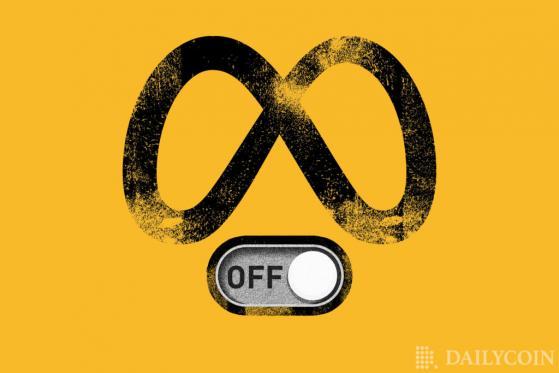Going into mortgage forbearance might seem daunting for homeowners facing unexpected hardship, but it’s really meant to be a lifeline in those exact situations. Understanding the basics about this type of mortgage relief might help alleviate some of the worry.
What is mortgage forbearance?
Mortgage forbearance allows borrowers to pause or lower their mortgage payments while dealing with a short-term crisis, such as a job loss, illness or other financial setback. This can help protect struggling borrowers from becoming delinquent with payments, as well as avoid foreclosure.
Keep in mind: Whatever your reason for needing forbearance, it's extremely important to talk to your lender or servicer before you stop making payments.
Find out from your lender or servicer which type of loan you have and what the forbearance terms are. Stopping payments before you’ve officially been granted forbearance could make you delinquent on your mortgage and have a serious negative impact on your credit history.
Who is eligible for mortgage forbearance?
The only way to know if you are eligible for mortgage forbearance is to get in contact with your lender or servicer. Be prepared to demonstrate proof of financial hardship and comply with all of your lender’s forbearance requirements.
How to apply for forbearance
The first step: Gather all of the paperwork that helps paint the picture of your specific hardship situation. This might include bank statements, medical bills or a layoff email.
Then, as soon as possible, contact your mortgage lender or servicer’s loan relief or loss mitigation department. From there, you’ll either need to formally request forbearance, or you’ll be given the opportunity to explore other relief options.
An important reminder: Keep a record of all communications with your lender, and ensure you get a forbearance agreement in writing before you stop making payments.
Pros and cons of mortgage forbearance
Pros
- Temporarily stops or lowers monthly mortgage payments
- Can help prevent foreclosure, or pause proceedings
- Can still sell the home or refinance
- Potential for flexible repayment options
Cons
- Must repay missed payments, either in lump sum or with repayment plan
- Payments might increase after forbearance period ends
- Might not be an option for rental properties or second homes, depending on loan type
Does mortgage forbearance affect your credit?
It’s a common concern among homeowners going through financial hardship: Does forbearance hurt your credit? Mortgage forbearance does not show up on your credit report as a negative activity; your lender or servicer will report you as current on your loan even though you’re no longer making payments.
Again: You must be in touch with your lender about going into forbearance. Do not stop making payments until you’ve officially been extended that protection. Stopping payments before you’re in forbearance will seriously harm your credit.
Is mortgage forbearance a good idea?
When you can’t afford to pay your mortgage, you face the terrifying prospect of losing your home. Forbearance gives you a chance to sort out your finances and get back on track before that happens.
That said, forbearance isn’t a perfect solution and might not make sense for every homeowner, especially if you don’t see your situation improving any time soon.
In short: Is forbearance a bad idea? Not necessarily, as long as you communicate with your lender or servicer and have a plan in place for when the forbearance period ends.
Mortgage forbearance vs. loan modification
Mortgage forbearance is a temporary solution for those experiencing financial hardship. A loan modification, in contrast, changes the original mortgage terms permanently. A modification does not mean you can stop making payments; rather, it helps lower your payments to make them more manageable, either with a lower principal balance, a lower interest rate, an extension of the repayment term or some combination. You might have to provide documentation proving hardship to be approved for a modification.
Post-mortgage forbearance options
If you’re nearing the end of your mortgage forbearance period, you have options.
First, you could repay the missed payments in a lump sum. This will bring your mortgage back to current status. Otherwise, you could enter into a repayment plan, which adds an agreed-upon amount to your regular monthly payments so you repay the forbearance amount over a longer time period. Other options include asking for a forbearance extension or loan modification, or selling your home to pay off the mortgage.
Bottom line
A mortgage forbearance is not automatic, so you can’t just stop making payments, otherwise your credit score will suffer, and you can end up in default or losing your home. Whether you’re seeking forbearance for the first time, looking for an extension or close to the end of your deferred payment period, stay in communication with your mortgage lender or servicer to discuss your options.





